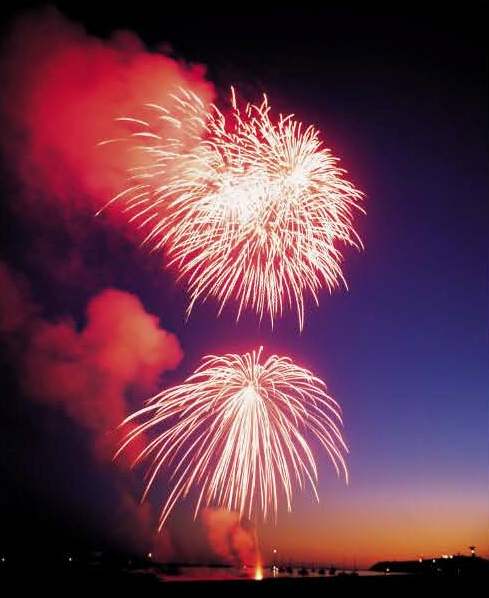1946 - It was July of 1946 that Preston Tucker signed a lease agreement with the War Assets Administration (WAA) for the wartime Dodge B-29 engine plant on South Cicero Avenue in Chicago. Known as the largest and best equipped manufacturing plant in the world, it covered 484 acres with 22 buildings, the largest of those covering 84 acres by itself. The WAA agreement stated that Tucker Corporation would take possession if Tucker could raise $15 million by April 1947. An article in the July 25, 1946 issue of
Business Week announced that Tucker moved in and took possession of Dodge Chicago plant.
1947 - July 1947 was a busy time for Tucker and those around him. Philip S. Egan, a member of the design team at J. Gordon Lippincott & Company, was hired as a full-time staff member of the Tucker Corporation working under Chief Stylist Alex Tremulis (Phil’s book,
Tucker: Design & Destiny, on his Tucker experience, is a MUST read and is available at
http://www.tuckerclub.org/).
The deadline for the $500,000 payment by Tucker Corporation for its first year lease on the Chicago plant also came due during this month.
Max Garavito, president of the Tucker Export Corporation, met with officials of Aircooled Motors on the prospect of using the Franklin 335 helicopter engine in the Tucker if it could be converted to water-cooled.
Preston Tucker was still confident that company Vice-President and Chief Engineer (fuel injection specialist) Ben Parsons’ engine design would power his “Car of The Future.” Parsons, however, released a statement on the 28th of July saying that there would be “no fuel injection until the 589 engine is satisfactory.”
1948 - In mid-June 1948, the Securities and Exchange Commission issued subpoenas for all Tucker Corporation operating papers from as early as 1946, and effectively made it impossible for work to continue. Nearly 2,200 factory workers were laid off and the plant was closed. However, in July 1948, Preston Tucker rehired 300 workers and reopened the plant with a simple goal--complete assembly on as many Tucker automobiles as possible.
(Post credit: Jay Follis)






